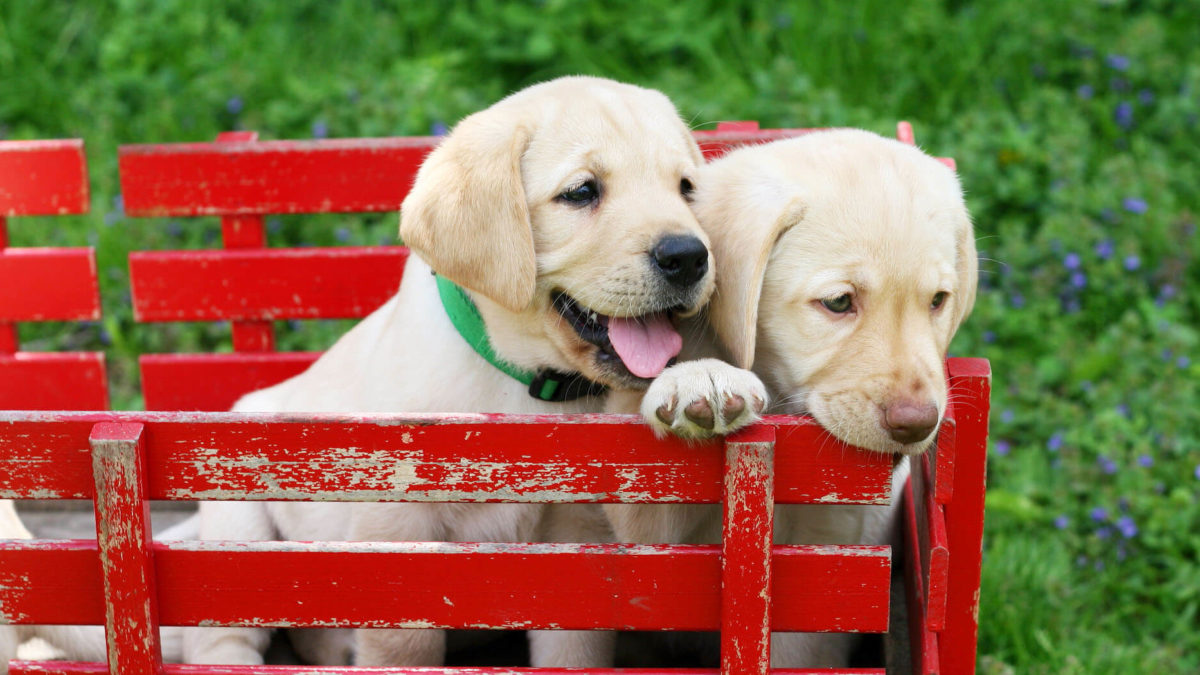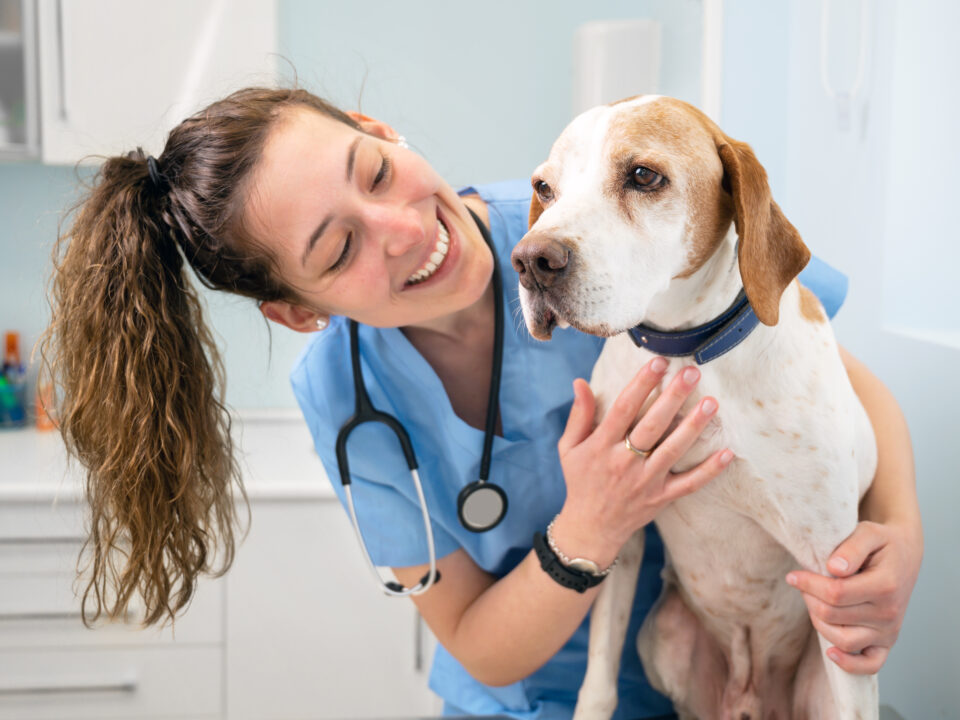Pet Spring Safety Guide

As we all get ready to spring into warmer weather, there are some important things to keep an eye on when it comes to your pets. We all look forward to sunny weather, new plants growing, and the return of longer days, but did you know about some of these common spring safety hazards?
Holiday Precautions
One popular spring holiday can come with a lot of dangers to your pets from candy, bunnies, and fun egg hunts! Easter can put your pet at risk if you are not careful. Make sure to count all your eggs before hiding them to be sure every candy filled treasure is accounted for! Dogs and their keen noses can easily sniff out that hidden bit of chocolate, which can lead to upset tummies or even a hospital visit.
If Easter baskets are a part of your holiday, be careful not to leave plastic grass lying around. Keeping baskets safe from your pet’s reach means they won’t ingest any tempting foil wrapped candy or munch on plastic pieces that can lead to impaction. Consider keeping your pet leashed if outside on a family egg hunt, or just give them some dog safe treats of their own inside to keep them safe!
Spring Blooms
Spring also brings to mind new life and fresh plants – but some of those happy flowers and vibrant greens can be toxic to your pet. Daffodils, Iris, Lilies, and Tulips are classic flowers to see when spring first begins, but all these common plants can cause vomiting, drooling, diarrhea, and worse symptoms. If you love these plants, be sure to keep them out of your pet’s reach and plant where there is little danger of a curious pup digging up the bulbs. Ivy and Hydrangea can also pose a risk with similar symptoms.
Some new plants also mean pollen – yuck! Just like humans, dogs can suffer from pollen and grass allergies. If you notice your furry friend scratching, sneezing, or having breathing difficulties as spring progresses, head to the vet and talk to them about allergy intervention to keep your companion healthy and comfortable.
Tiny Critters
As the birds, bunnies, and other wildlife begin their families and become more active with the warm weather, be aware of potential baby animals in your yard. Bunnies often dig nests in long grass or under protected areas, leaving their babies nestled in the ground and only visiting a few times a day – babies alone are rarely abandoned so it is not recommended to handle or try to rescue them. If you find a bunny nest, protecting it is better than disturbing the babies. Place a laundry basket over the nest or temporary fencing around the area to keep dogs out but allow mommy rabbit in. It is likely she will move her babies once she realizes the nest is found!
As spring progresses, baby birds begin a process called fledging where they are learning to fly and care for themselves. This process means that babies are often on the ground or in low shrubs as they finish growing, so be aware of nests in your area and keep an eye out for any earthbound fledglings when your pet is out and about. If the baby has their eyes open and is mostly feathered, leave them be! Parents are nearby and regularly checking in with food – only handle a fledgling if it is in a dangerous place. Contrary to popular belief, touching a baby bird will not cause the parent to abandon it, so feel free to safely move the chick to a better location. If you find a baby bird that has no feathers or their eyes still closed, contact a local wildlife rehabber or return to the nest if possible.
Spring Cleaning
There’s nothing better than cleaning the house out for spring and opening those windows for the cool breezes! But be careful what you use to clean. Some regular household cleaners are toxic or irritating to pets. Bleaches and floor cleaners can be irritating to paws and cause stomach issues if accidentally ingested due to pets licking themselves or scouring the floor for crumbs. Toilet bowl cleaners can be toxic and cause chemical burns if you have a pup that likes the taste of toilet water. Air fresheners, diffusers, and candles should be used with caution due to those sensitive noses, and potential for allergies. If you love open windows to air out your house in spring, be sure that screens are solidly in place to prevent any curious pets from falling (or jumping!) out of the window to inspect something outside – and be careful what doors you leave open as well!
Keep your spring fun and fear free through prevention and awareness to help your pet stay healthy and safe!
Sources
ASPCA (2022). Springtime Safety Tips. ASPCA. Retrieved February 23, 2023, from https://www.aspca.org/pet-care/general-pet-care/springtime-safety-tips
Reisen, J (2022, July 1). Poisonous Plants for Dogs. The American Kennel Club. Retrieved February 23, 2023, from https://www.akc.org/expert-advice/home-living/protect-your-pooch-from-poisonous-plants/
Pet MD Editorial (2016, April 26). 5 Cleaning Products that Could Harm Your Dog. petMD. Retrieved February 23, 2023, from https://www.petmd.com/dog/slideshows/5-cleaning-products-could-harm-your-dog
NC Wildlife Resource Commission (2022, April 14). Leave Baby Wildlife Alone: If You Care, Leave Them There. North Carolina Wildlife Federation. Retrieved February 23, 2023, from https://ncwf.org/blog/baby-wildlife/
Arthur, M (2021, April 13). 7 Things You Need To Know About Protecting Your Pet From Insect-Borne Diseases. UW School of Veterinary Medicine. Retrieved February 23, 2023, from https://www.vetmed.wisc.edu/7-things-to-know-about-protecting-your-pet-from-insect-borne-diseases/



